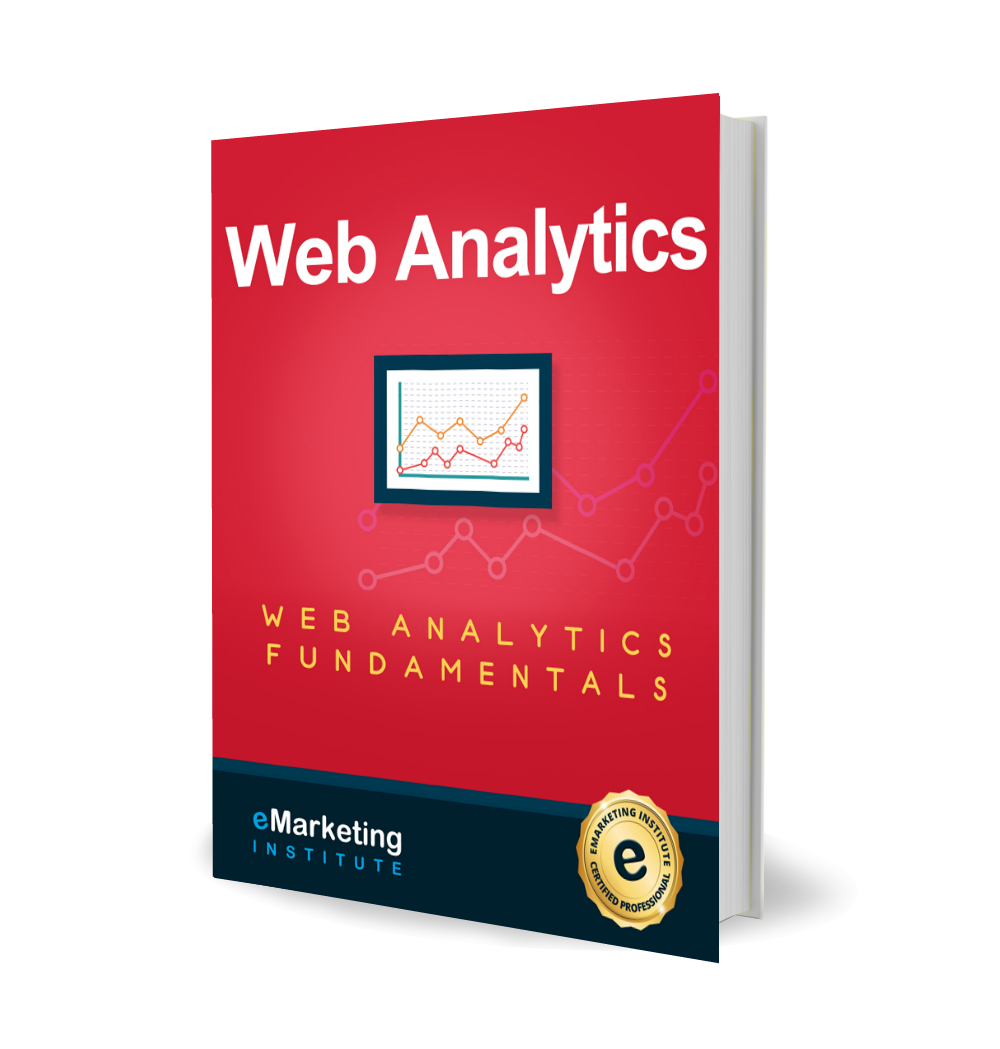Chapter content
The topic of web analytics is important for understanding the performance of the website, which is why this area is essential part of online marketing. The introduction of the e-book outlines the goals and the purpose of information related to web analytics, which are crucial for understating the business opportunities, measuring success and decision making.
2. Understanding Web Analytics
In this chapter, you will find out what web analytics is and how this field developed with the development of the internet. You will also find out what the purpose of using web analytics is in the online business and how to unlock your website’s potential through web analytics.
Here you will find out the basics of web analytics, web analytic dashboard, and the most used terms to help you get started. Tips on how to choose a web analytics tool and which metrics to track are also part of this chapter. In the end you will see how to identify site referrers, your audience and the most important pages, as well as what key performance indicators are.
Google Analytics is one of the most commonly used web analytics tools and here you will learn the basics of Google Analytics, which includes the instructions on how to install and set up your account, the basic features including account, property, view, profiles, filters, traffic channels, etc. On-site search and on-page interaction tracking are also included, as well as tips on analyzing the data through Google Analytics.
5. How to Make Web Analytics Work for Your Website
The focus of this chapter is web traffic data analysis with its top 5 pillars of web analytics which will help you make web analytics work for your website.
6. How to Increase Your Site’s Visibility through Web Analytics
Here you will find out what visibility is and how to improve it using web analytics data. Google metrics that help with website visibility are also part of this section of the e-book, and include metrics such as crawlability, NAP citation, URLs index, deep links, SERP ranking, etc.
7. Ten Most Common Web Analytics Mistakes and Pitfalls
This section of the e-book deals with web analytics mistakes and pitfalls you should avoid if you want to successfully use the data to improve your website’s performance.
8. Web Analytics: Best Practices
Strict documentation, integration with reporting system, understanding the business process and having a roadmap for improvements are some of the best practices that will help you take advantage of the data obtained from web analytics.
Once you obtain your website data, you are ready to analyze the meaning of the data and what they mean for your business. Besides criteria for analysis, you will also find out how using testing software can help you with analytical data. Testing includes A/B testing and multivariate testing.
The web analytics methods are methods used to collect data about your website, and this segment includes the explanation of these web analytics methods: cookies, geotargeting, mobile phone tracking, and geotagging.
The influence of social media is very important as it can generate significant amount of traffic, which makes is necessary to incorporate the data into successful web analytics. The process of social media analytics includes measuring, analyzing, and interpreting the data related to social media activity.
Mobile platforms are taking over desktop traffic making mobile analytics essential part of web analytics. This chapter is focused on analysis of the data, adapting to the mobile platforms and using analytics software to get the data.
This chapter presents ten advanced web analytics tips for webmasters that will help you understand the web analytics data and how those can be used to improve your website’s performance in terms of positioning, reach, etc.
Analytics glossary is a collection of terminology related to web analytics and online marketing in general. The purpose of this chapter is developing an understanding of the expressions used in web analytics.
Contains list of questions and their answers for exercise.
The final chapter of web analytics e-book is devoted to highlighting the benefits of analyzing the data obtained through web analytics and how this area of online marketing is evolving with the development of new technologies and new ways to obtain the data. Ultimately, this affects the development of online marketing strategy in general.

